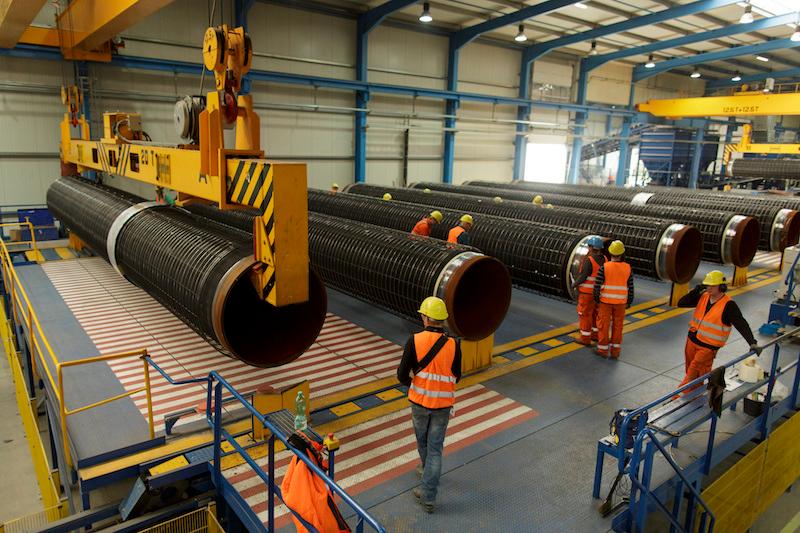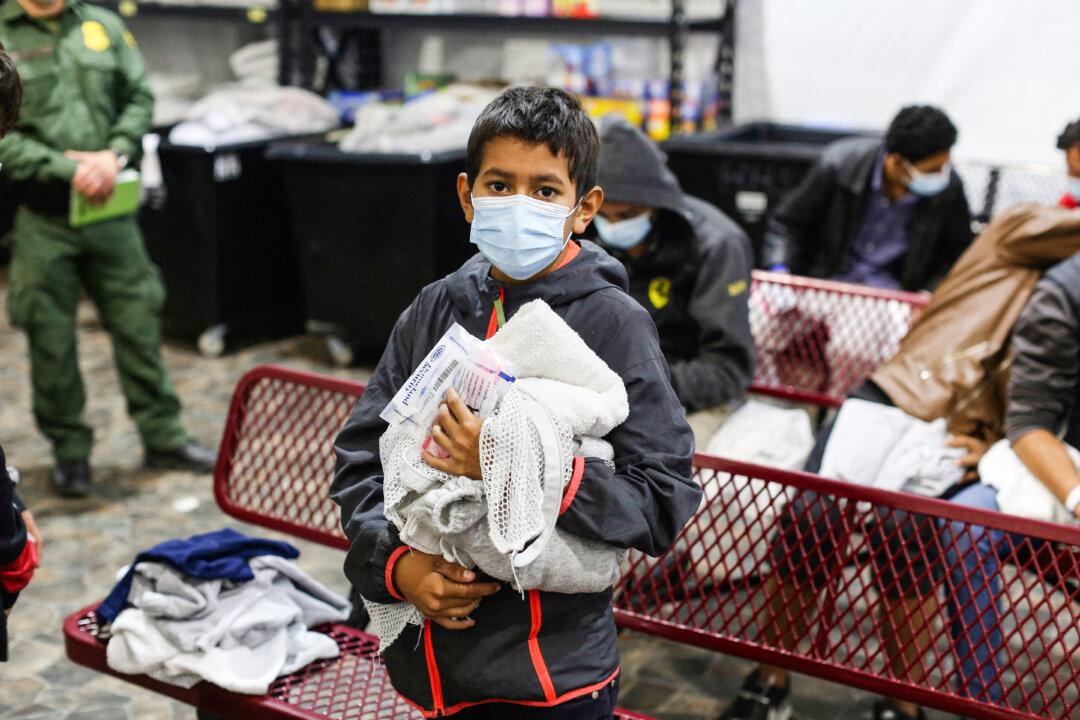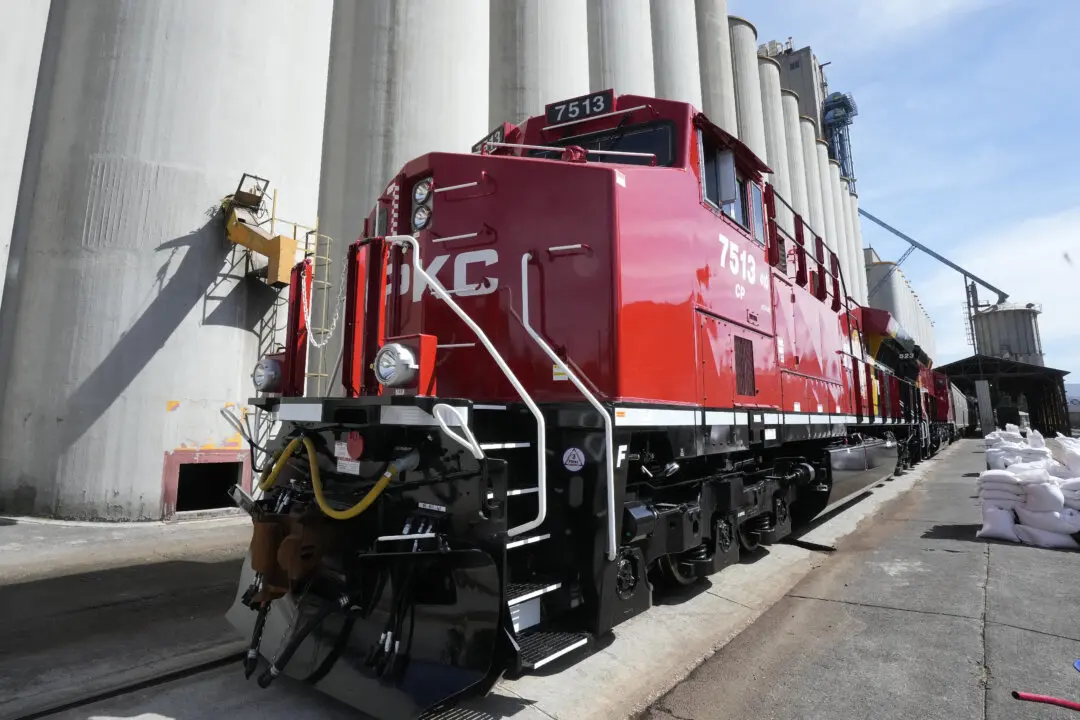European gas prices touched an all-time high when gas flow from Russia reversed course as freezing winter weather set in over the continent, and renewable sources, such as wind, have failed to generate reasonable amounts of power.
The benchmark price for Europe at the Dutch Title Transfer Facility (TTF) is at a record 162.78 euros per megawatt-hour, showing an increase of 11 percent on Dec. 21. Natural gas flows on the Yamal-Europe pipeline have been declining, from a Dec. 16 average of 12,000,000 kilowatt hours to almost 1,200,000 kilowatt hours on Dec. 18, before halting completely on Dec. 21. Then the flow reversed toward Poland from Germany, according to German operator Gascade.





